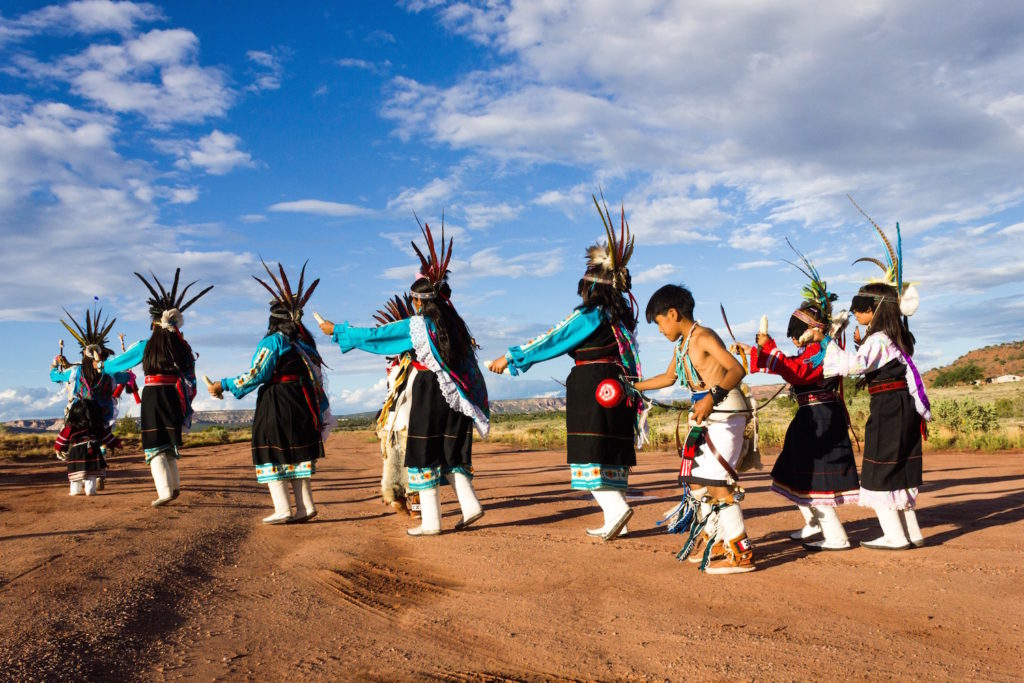
The rich tapestry of Native American heritage is an integral part of America’s history and cultural identity. From ancient traditions passed down through generations to the sacred sites that hold deep spiritual significance, exploring Native American heritage offers a unique opportunity to connect with the land and understand the profound wisdom embedded in their customs. In this article, we will embark on a journey to explore some of the sacred sites and indigenous traditions that reflect the vibrant legacy of Native American cultures.
Chaco Canyon – New Mexico
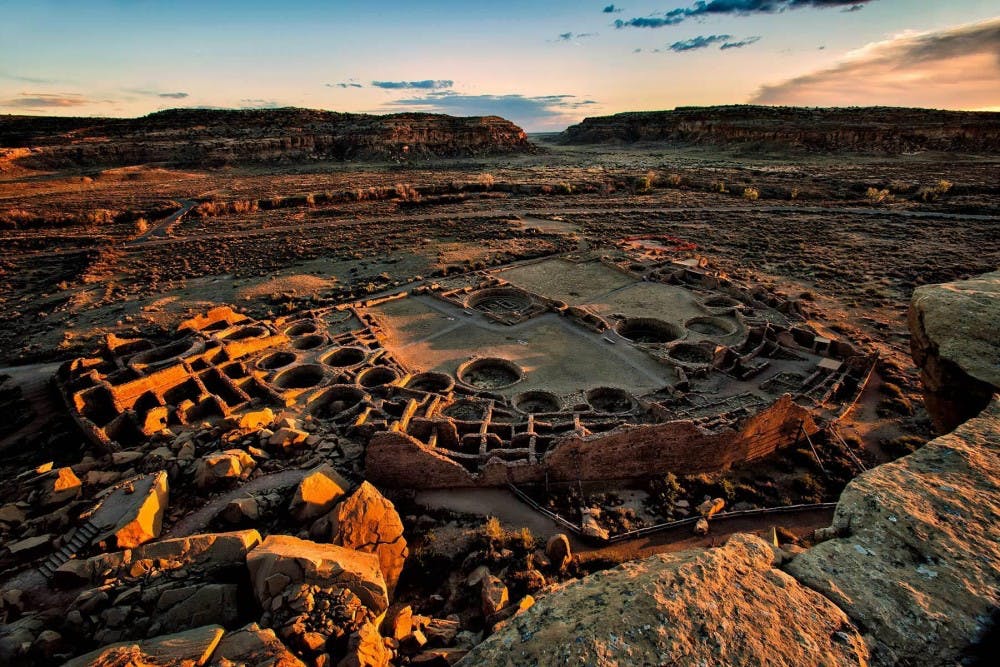
Chaco Canyon, located in New Mexico, is a UNESCO World Heritage site known for its remarkable archaeological ruins. The ancestral Puebloans inhabited this area from approximately 850 AD to 1250 AD, leaving behind intricate stone structures such as Great Houses and kivas. This sacred site provides insights into ancient astronomical observations and ceremonial practices.
Cahokia Mounds State Historic Site – Illinois
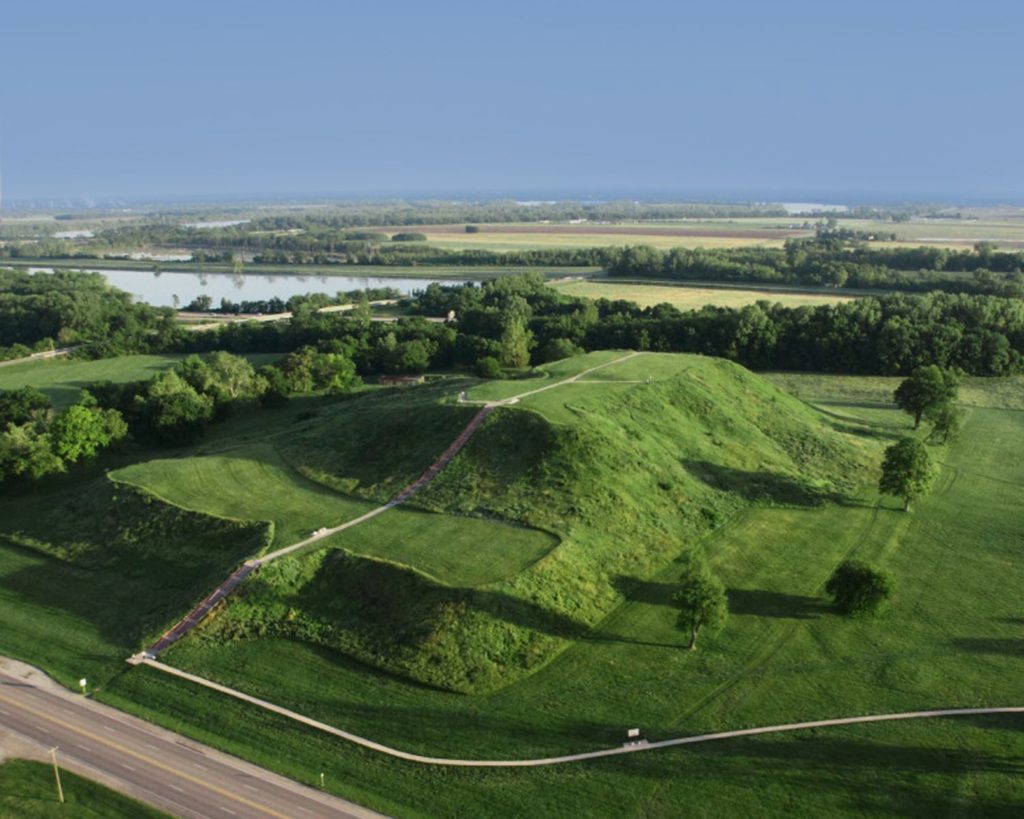
Once one of North America’s most significant urban centers, Cahokia Mounds in Illinois was home to an advanced pre-Columbian civilization known as the Mississippian culture. The site features numerous earthen mounds that served as platforms for ceremonies, residences, or burials. Exploring these mounds offers a glimpse into the complex social structure and religious beliefs of these native peoples.
Mesa Verde National Park – Colorado
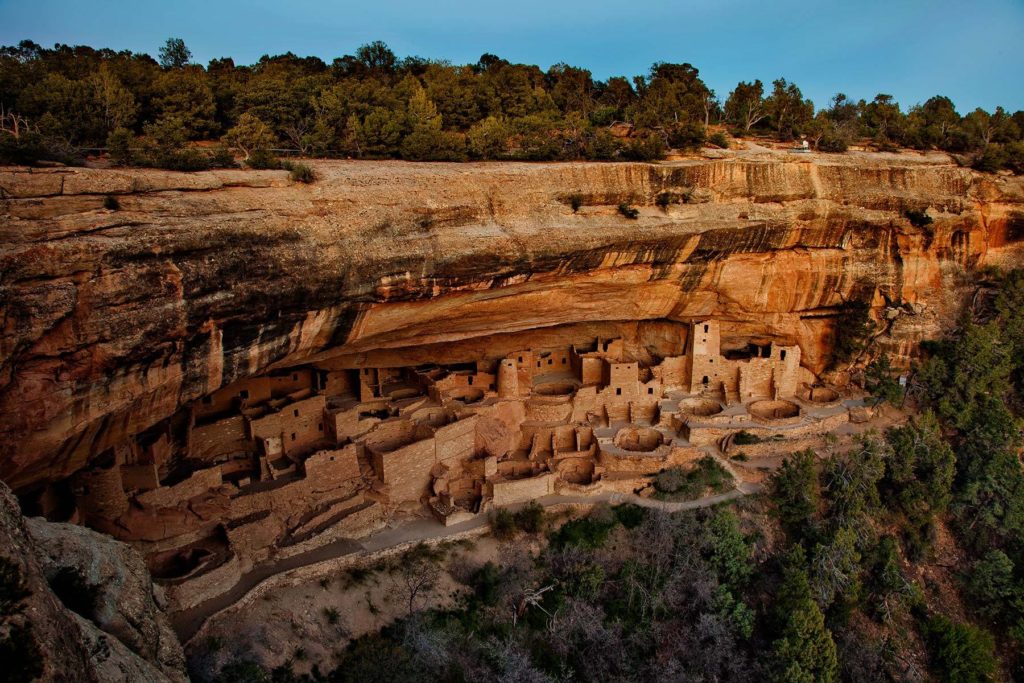
Located in southwestern Colorado, Mesa Verde National Park showcases well-preserved cliff dwellings constructed by ancestral Puebloan people around 600-1300 AD. These elaborate stone villages offer insight into their daily lives while highlighting their impressive architectural skills within challenging environments.
Taos Pueblo – New Mexico
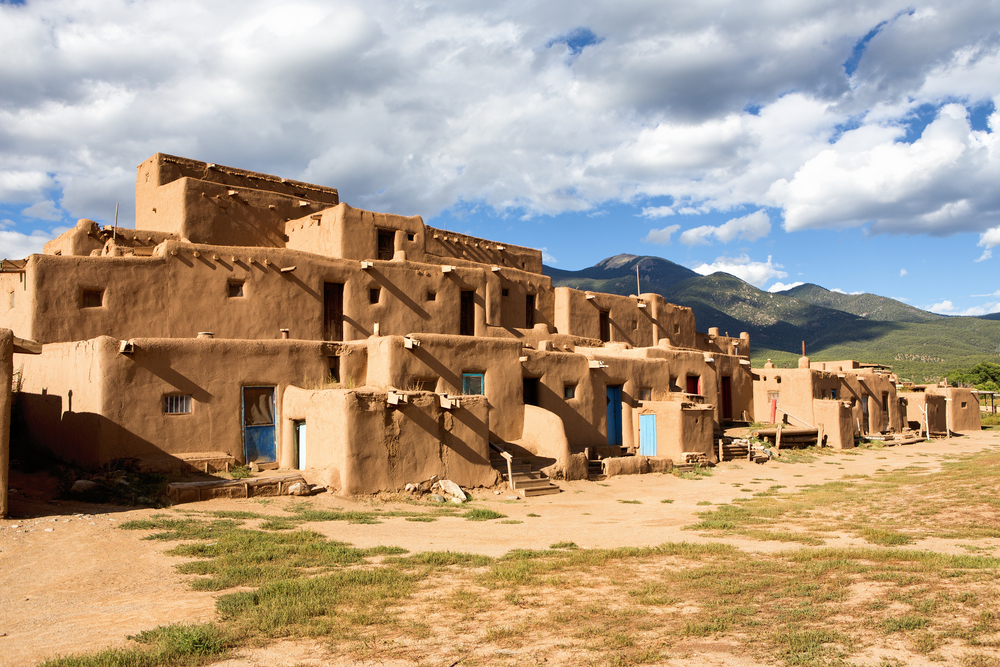
Taos Pueblo is one of America’s oldest continuously inhabited communities dating back over 1,000 years. This multistory adobe complex serves as both a living community for tribal members and an important historical landmark open for visitors interested in experiencing Native American culture firsthand.
Navajo Nation – Arizona, New Mexico, and Utah
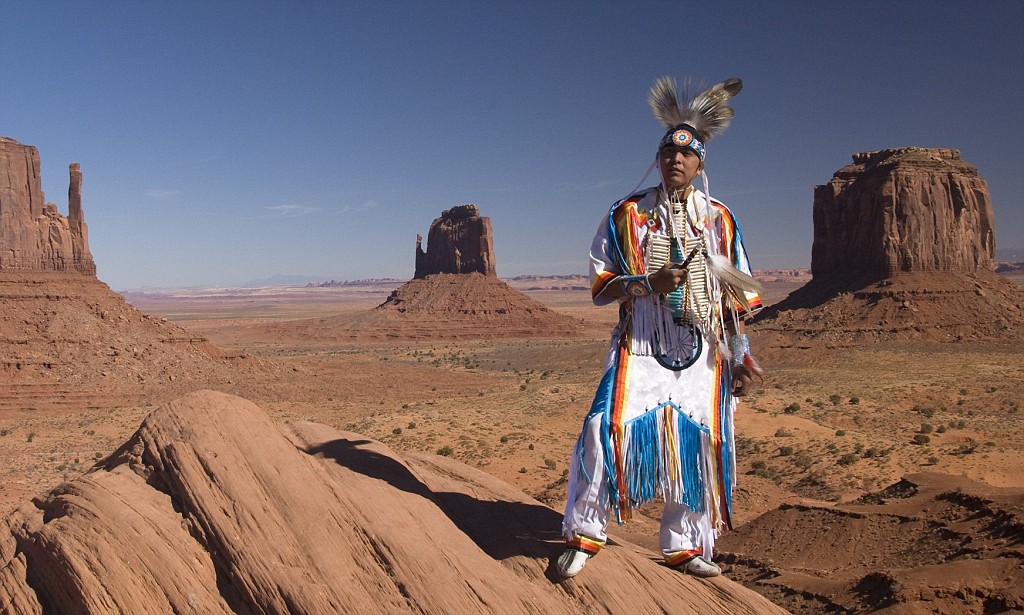
The Navajo Nation is the largest Native American reservation in the United States. It spans across Arizona, New Mexico, and Utah, offering a chance to immerse oneself in Navajo traditions and witness stunning landscapes like Monument Valley. Visitors can explore traditional hogans (dwellings), learn about intricate weaving techniques, and experience the beauty of Navajo arts and crafts.
Black Hills – South Dakota
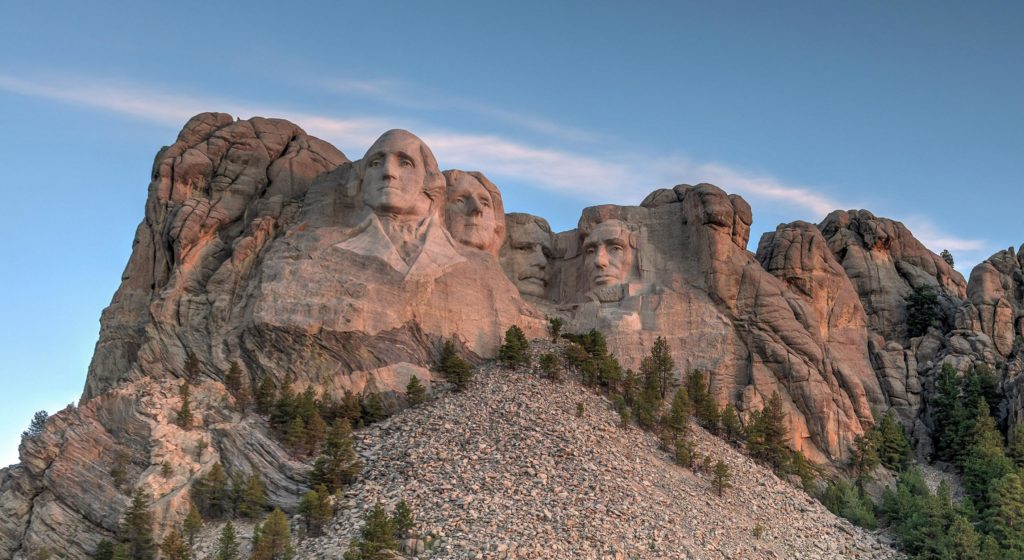
Considered sacred by many indigenous tribes such as the Lakota Sioux, the Black Hills of South Dakota hold immense spiritual significance. Mount Rushmore resides within this region but exploring beyond reveals hidden treasures like Bear Butte—an important site for prayer ceremonies—and Wind Cave National Park that holds cultural importance for several tribes.
Haida Heritage Centre – British Columbia
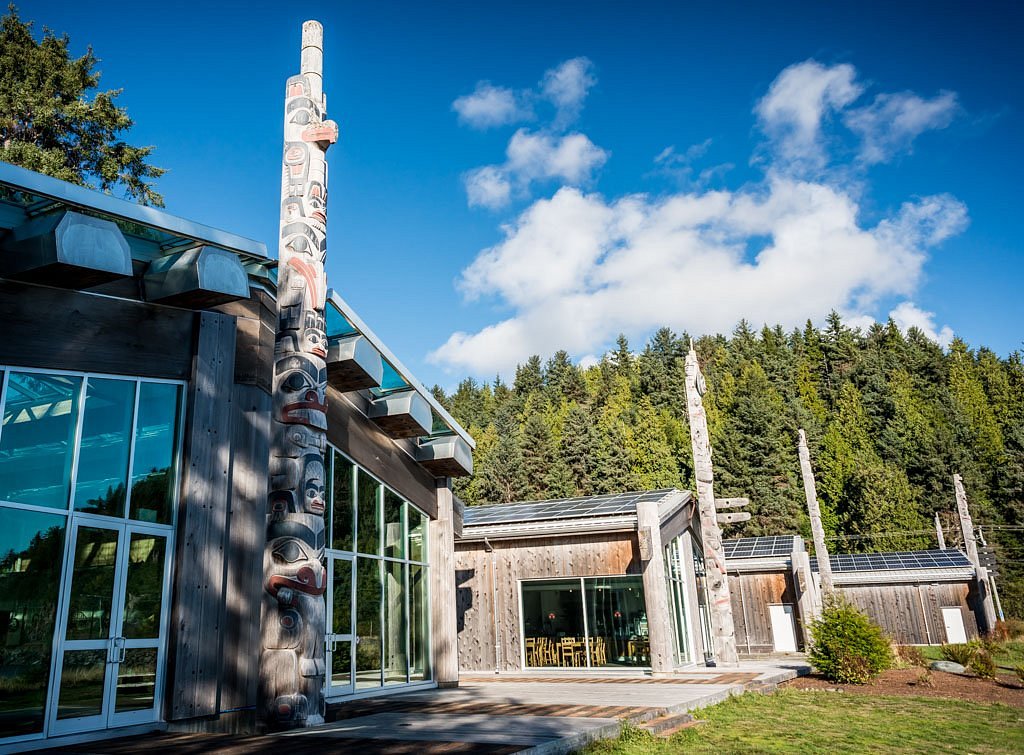
Although not located within America itself, Haida Heritage Centre in British Columbia showcases significant artifacts and art pieces from the Haida people—a native group who reside on Canada’s west coast. This center provides an opportunity to appreciate their unique artistic expressions through intricately carved totem poles and traditional cedar woodwork.
Gathering of Nations Powwow – Albuquerque, New Mexico
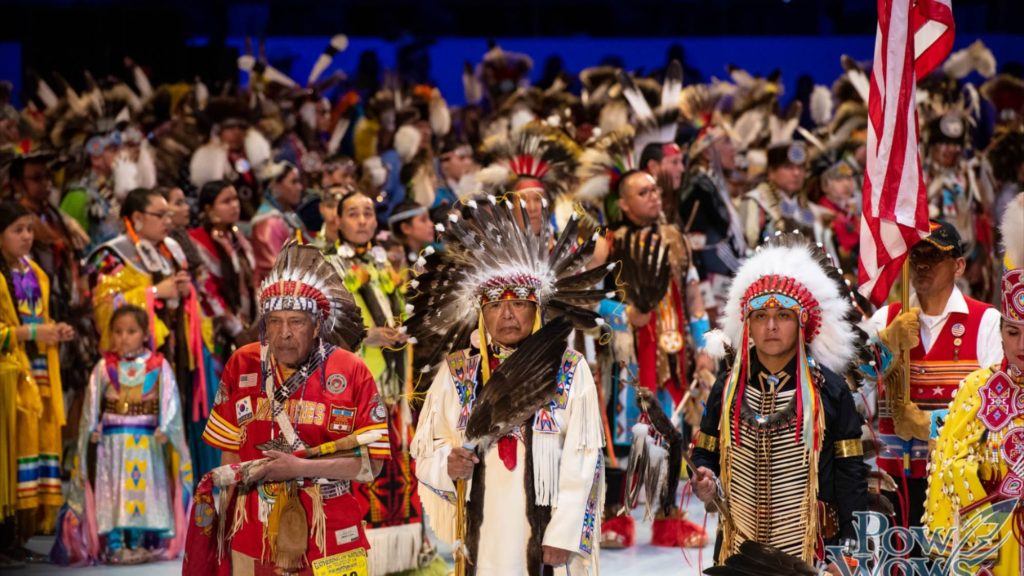
The Gathering of Nations Powwow is one of North America’s largest powwows held annually in Albuquerque. This vibrant event brings together diverse indigenous communities from across the continent to celebrate their cultures through dance competitions,
traditional music performances,
and craft exhibitions.
It offers visitors a chance to witness firsthand the rich diversity present among Native American tribes.
Indigenous Cuisine
Exploring Native American heritage also involves savoring authentic indigenous cuisine. From fry bread—a staple food found throughout various tribal communities—to salmon cooked using traditional methods by Northwest Coast tribes; experiencing these flavors provides a deeper connection with Native American cultures’ culinary traditions.
Oral Traditions
One cannot truly explore Native American heritage without acknowledging its oral traditions—stories passed down through generations. These narratives hold profound wisdom, teaching essential lessons about the land, spirituality, and community values. Listening to these stories from tribal elders or attending storytelling events fosters a deeper understanding of their cultural heritage.
Exploring Native American heritage through sacred sites and indigenous traditions allows us to appreciate the depth of their history, artistry, and spiritual beliefs. It is an invitation to honor and respect the vibrant cultures that have shaped America’s diverse tapestry for thousands of years.
Leave a Reply